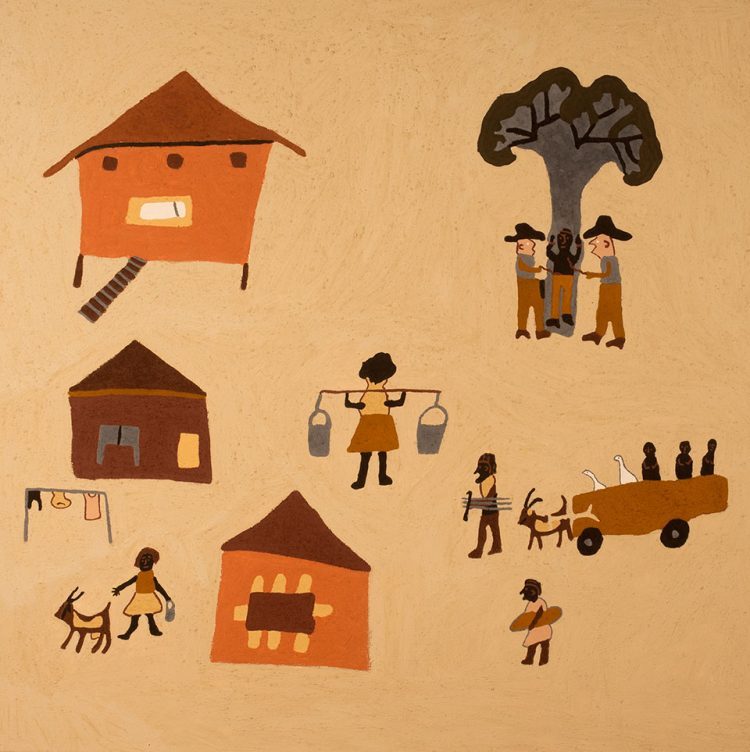How Indigenous Art Helps Doctors Overcome Historic Guilt
Cultural insights and awareness, particularly in indigenous health, has emerged as a key skill for graduating doctors. Students are also aware of their need for this knowledge, however, teaching indigenous culture can be caught up in issues of how to address topics of historic guilt. This complex historical sensitivity poses particular challenges in providing innovative approaches to stimulating medical students to engage with this component of their curriculum.
Gaining An Indigenous Perspective
Indigenous art offers a useful route towards a better understanding of indigenous values and culture as a path to providing enhanced treatment for Indigenous patients.
Students training in areas such as palliative care, geriatric care and women’s health who are planning on working in communities with a significant Indigenous population, should be familiar with Aboriginal perspectives on what is considered respectful within their community.
Diversity Through Indigenous Stories
The University of Melbourne’s program with the Ian Potter Museum of Art is directly examining perspectives on Indigenous health through the medium of Indigenous art and its ability to stimulate conversation.
In 2016, the University connected the touring exhibition ‘In the Saddle – On the Wall’, which displayed a glorious combination of Indigenous digital stories and visual art drawn from elders from the Kimberley region with medical students.
Interestingly, one of the major takeaways by students was the striking diversity of life experiences the 13 participating artists brought to the exhibition. Indigenous experiences and culture are far from homogeneous as was demonstrated by the exhibition’s paintings and interviews.
Student sessions explored “other ways of seeing”, and examined the power of place in Indigenous healthcare. In particular, students were asked to examine in depth traditional Gija artist Shirley Purdie’s painting ‘My Life My Family’. The striking artwork depicts several aspects drawn from the life of the painter, her parents and grandparents. It comprises a large square canvass executed using natural ochre and pigment.
An Indigenous Narrative Journey
A series of vignettes progresses the visual narrative from the top right-hand corner in a clockwise direction as it traverses the often-violent events that triggered the Purdie family’s relocation from their Violet Valley Station to the Mabel Downs station in the Kimberley, where they eventually settled.
Purdie’s artwork bears testimony to the experience of her family in a brutal, colonial world. There are striking parallels to the care empathy required to provide professional, compassionate, and culturally appropriate care in the context of Indigenous healthcare. This is a work that rewards careful and prolonged study in understanding both the underlying narrative and its parallels to the artist’s personal story.
The power of overtly narrative art to bridge cultural gaps and nurture understanding is illustrated by the contrast between ‘My Life My Family’ and the more abstract Dreamtime-based lore.
Student takeaways included the need to be patient, to learn how and where to ask appropriate questions and to be attentive to the individual patient. In addition to practising these skills in group discussions, with the artwork to set the context, students were encouraged to assess their wider application in day-to-day healthcare settings.
The essays produced by student’s provide a window into the transformational encounters students experienced while viewing the exhibition. The exhibition’s engaging combination of digital audio stories and paintings proved particularly powerful for Audiology and Optometry students. One student observed that the emotions expressed in an artwork were significantly different to the way artists spoke about their work.
‘In the Saddle – On the Wall’ effectively challenged students’ preconceptions of ageing by showing how influential Elders are in their respective communities in contexts that embraced health, culture and welfare.






